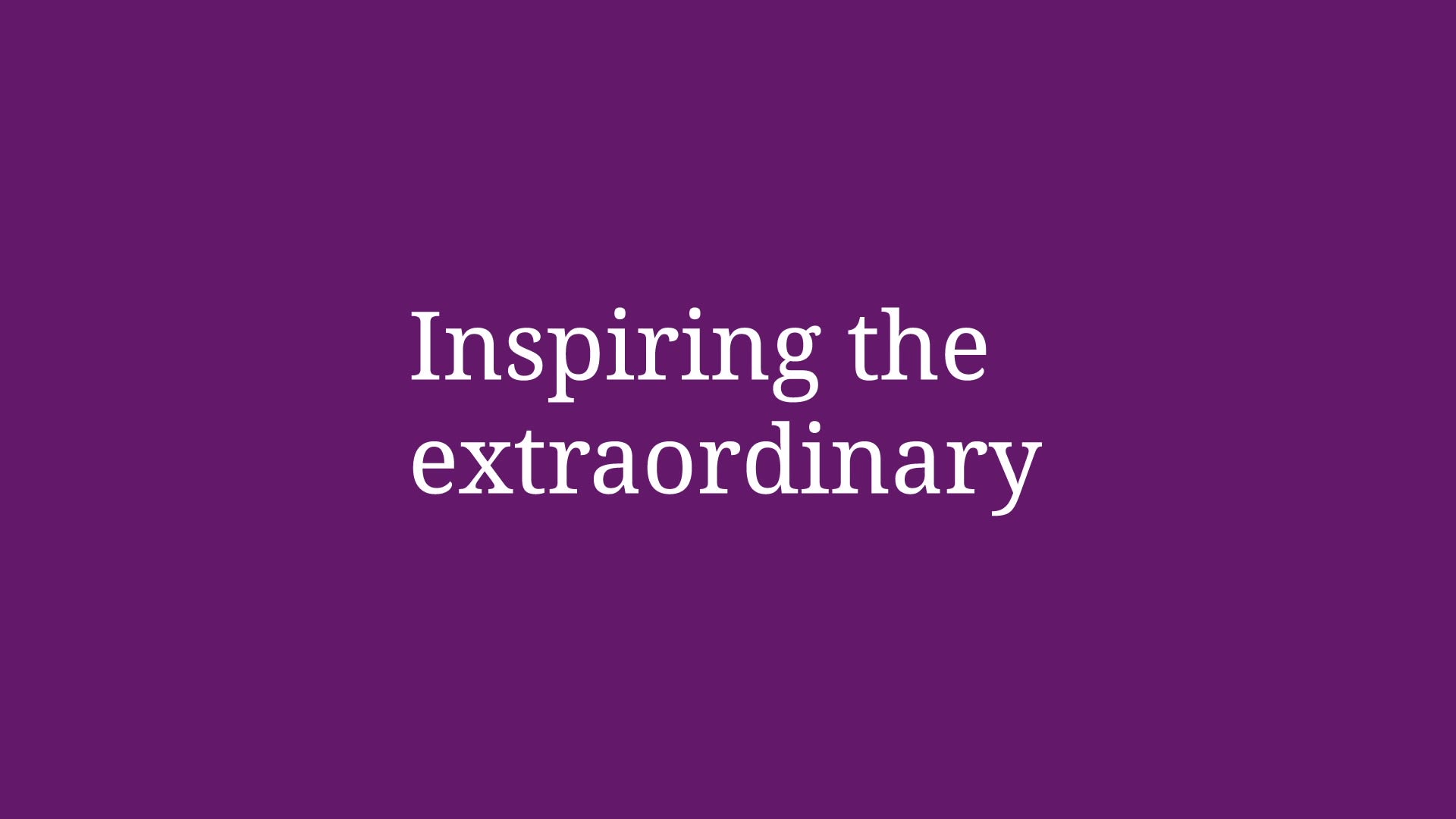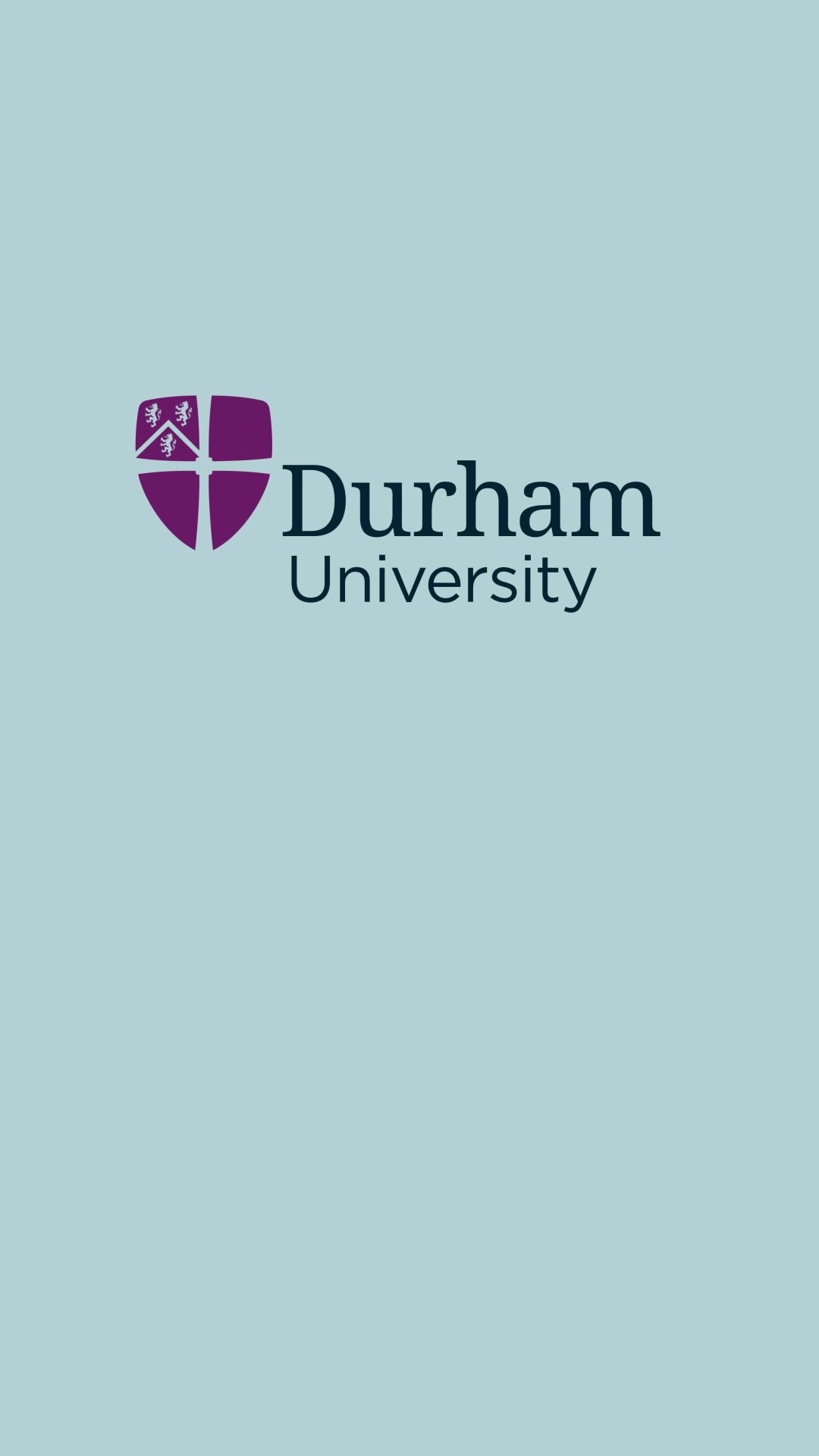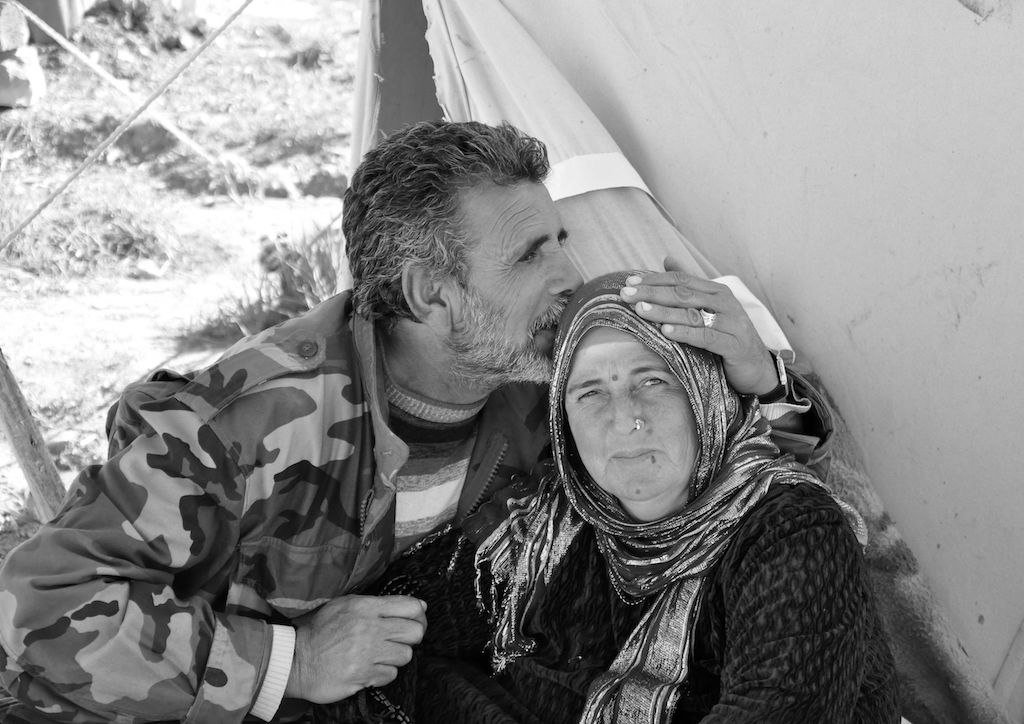
One Day Changes
An exhibition of photography by
Ako Ismail and Shaho Omar
Curated by Katy Brown

Content warning:
Please be aware that this exhibition deals with themes of war which some viewers may find upsetting.
"One day changes everything – your life, your friends, your school, your place, your food, […] everything changes without you choosing it", Ako Ismail, photojournalist.
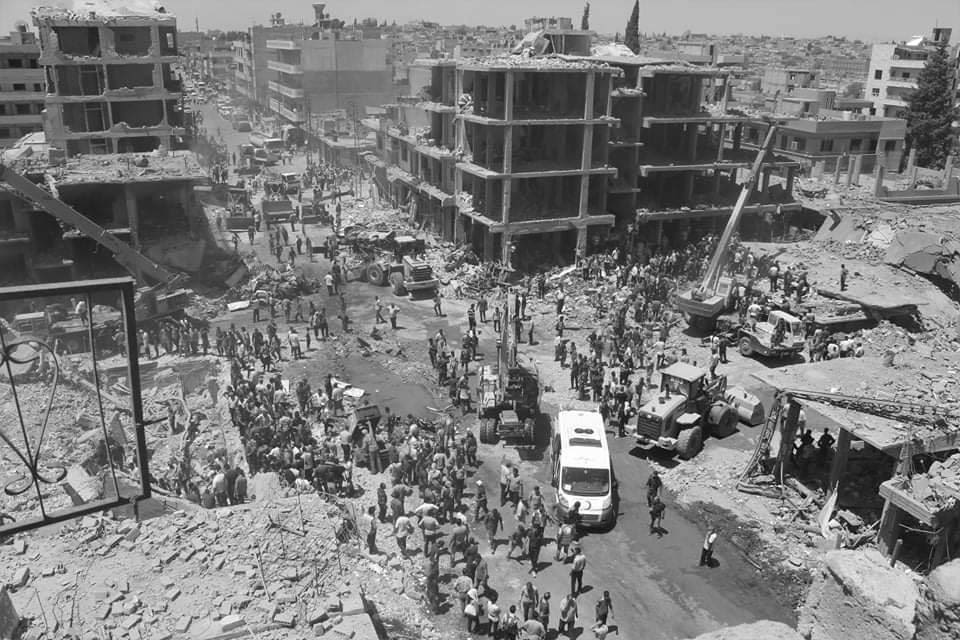
Photographs are just one moment in the lives of the people in them. But all it can take is one moment, just one day, to change everything.
Taken by Iraqi photojournalists Ako Ismail and Shaho Omar, the photographs in this exhibition document those moments.
These images show the consequences of war and the realities of being a refugee. They also show hope and the search for a peaceful life.
Despite the risks to their own safety in doing so, Ako and Shaho took these photographs to show the world the reality of what is happening in Iraq.
Although we do not know the names of the people featured, we know that they are people. People who did not choose this; as Ako said, "no-one chooses to be a refugee".
In the curator's interview with him, Ako wanted to remind us all that 'we are all the same planet'; none of us are separate from this.
Originally part of a physical exhibition for Holocaust Memorial Day Events 2022, curated and supported by Skimstone Arts (One Day Changes | Skimstone Arts) this scrollable online exhibition allows you to explore how One Day Changes everything. These photographs are also all now a part of Durham University's contemporary art collection.
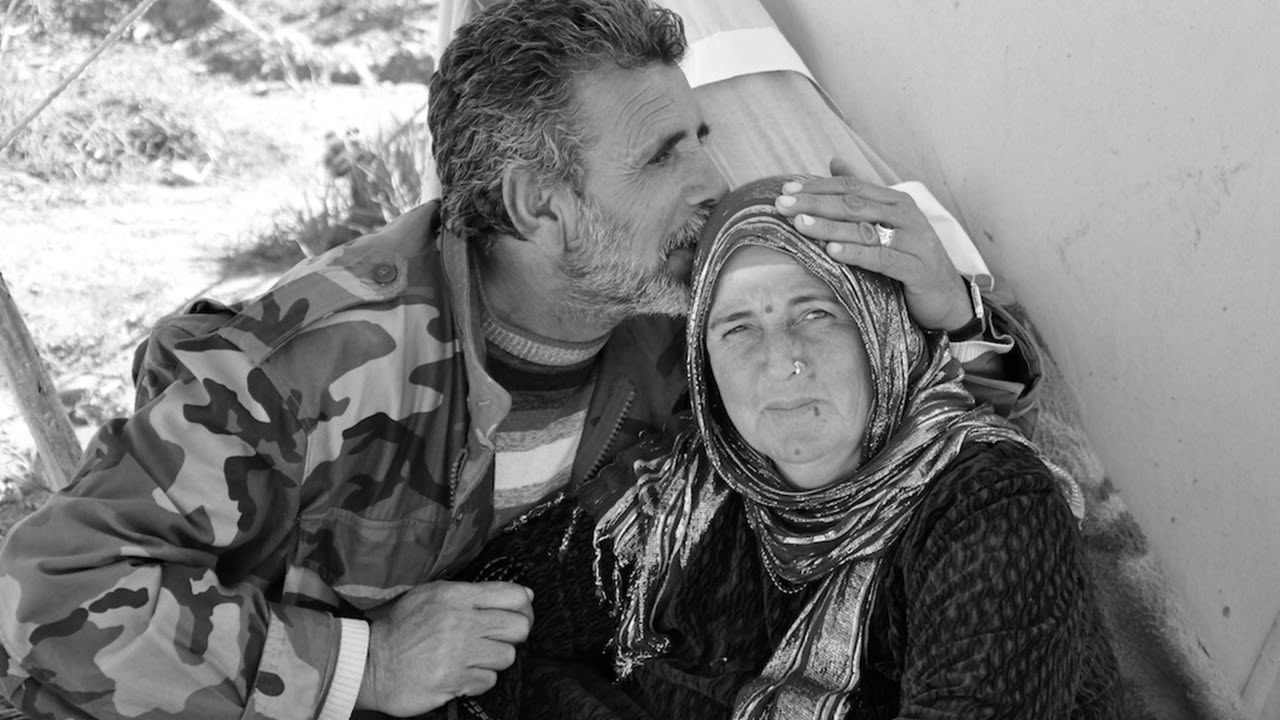
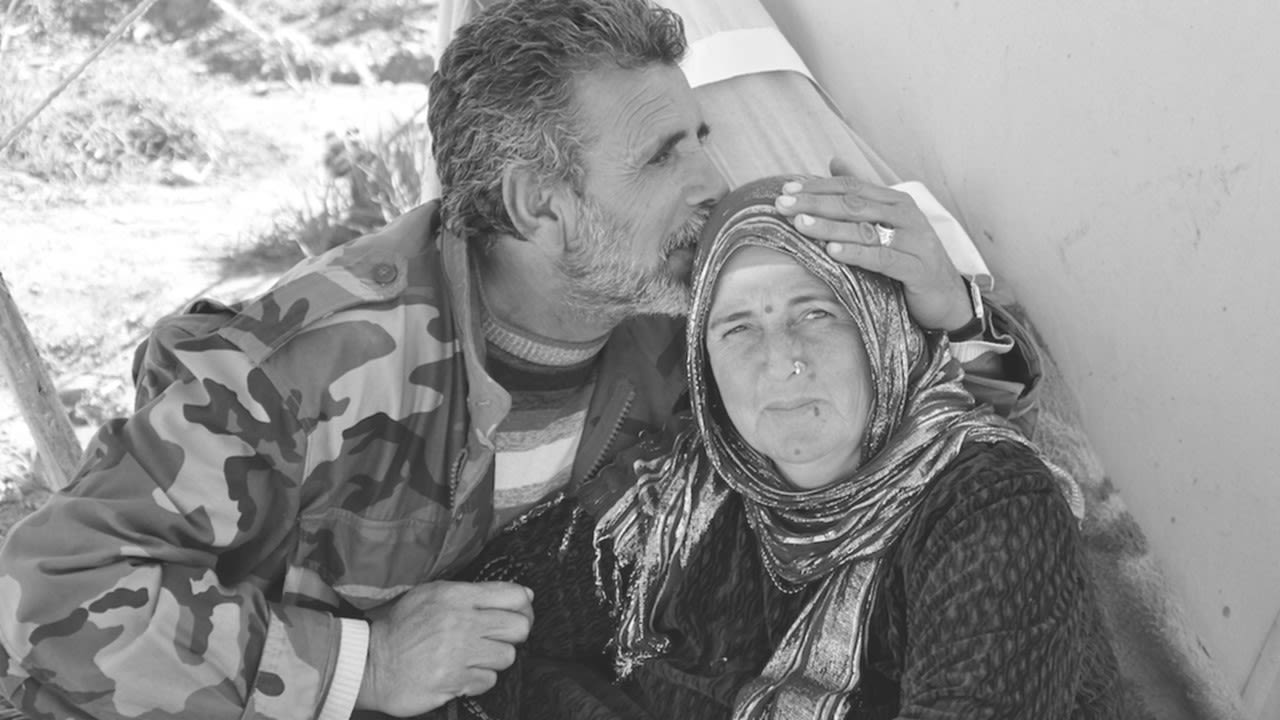
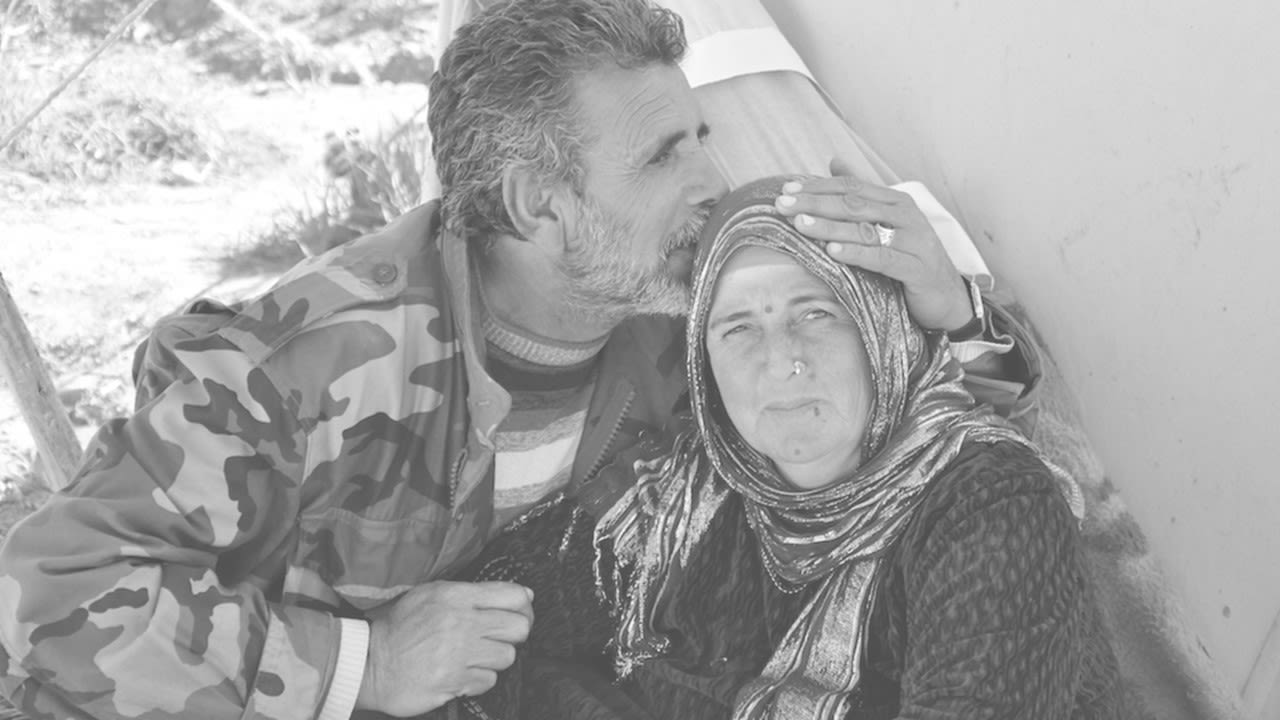
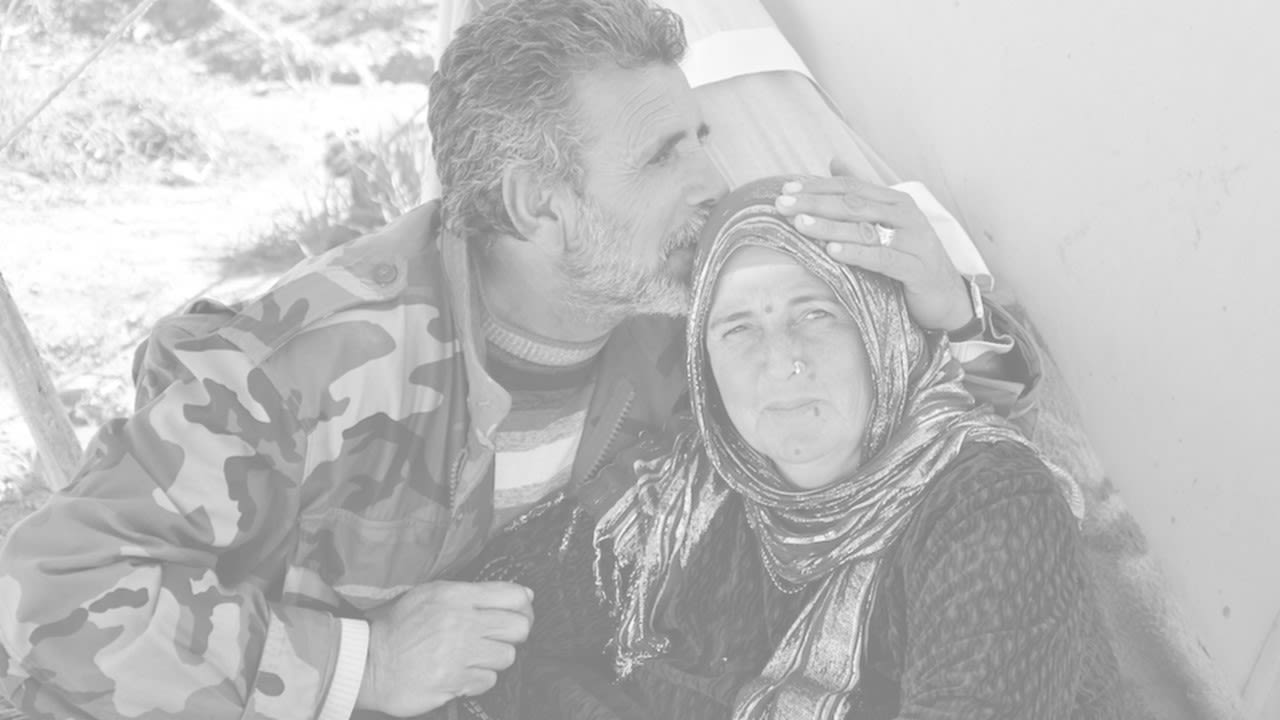
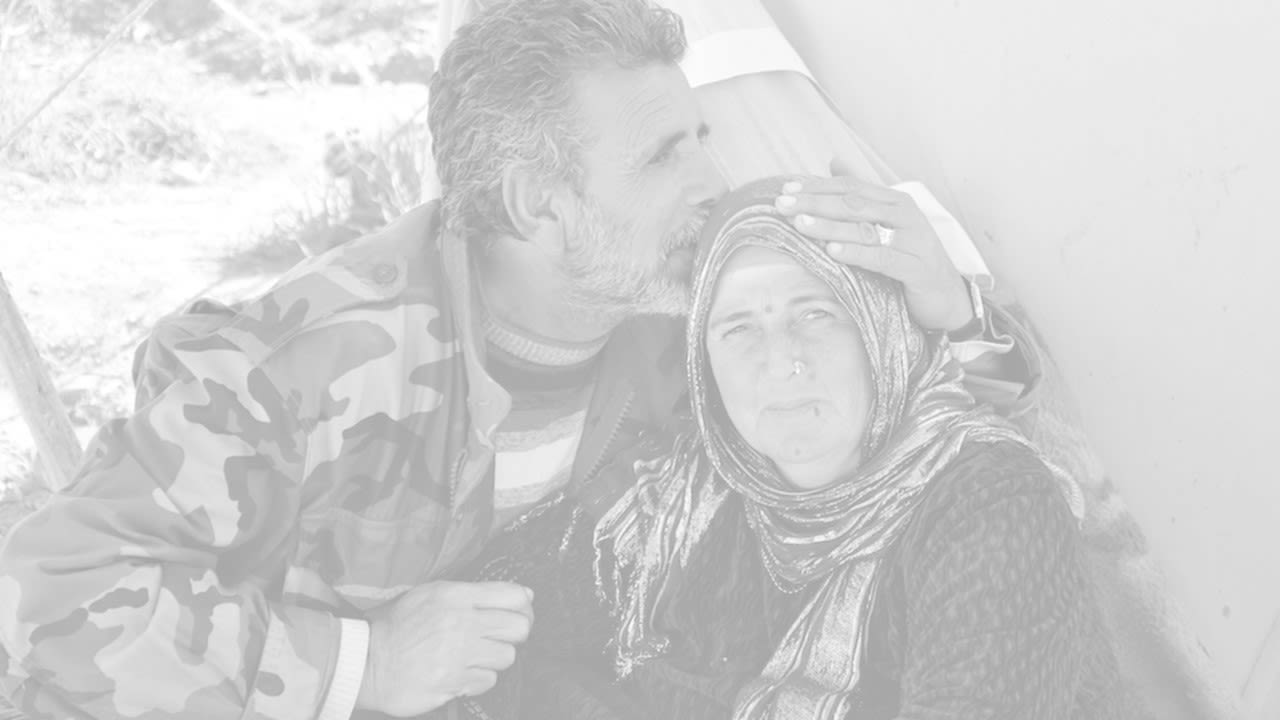
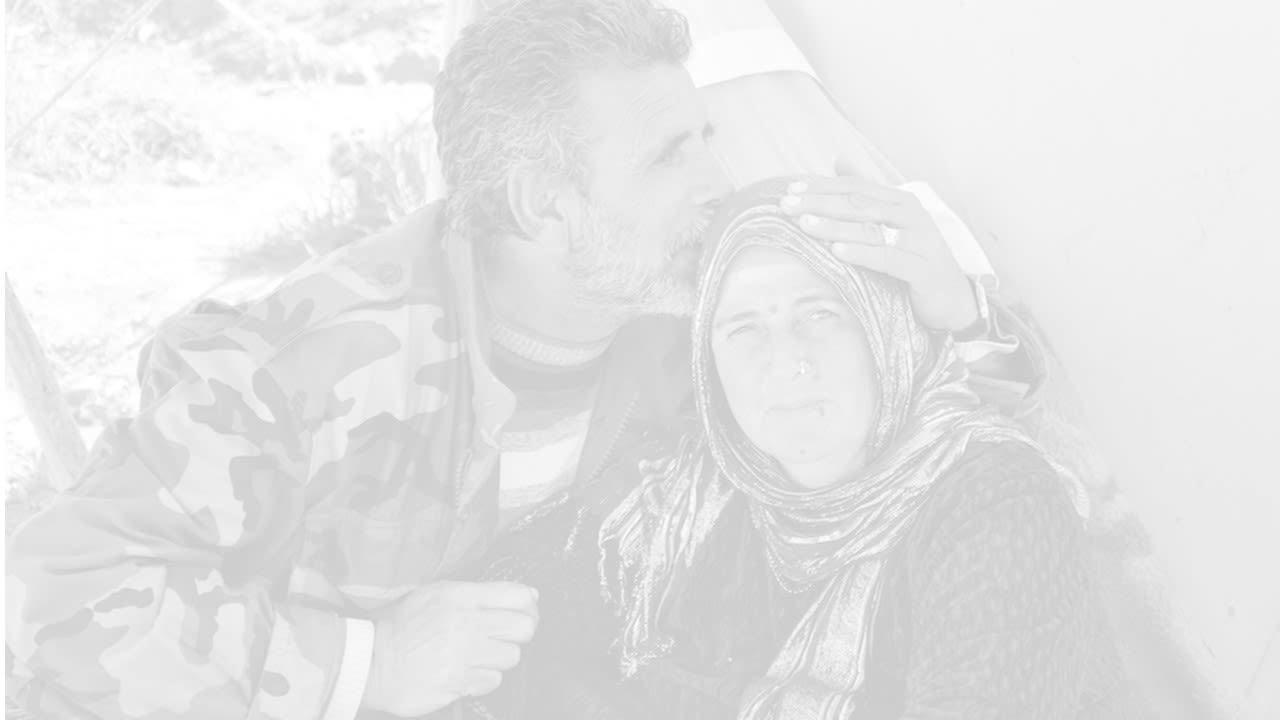
The two photographers who worked on this project, Ako Ismail and Shaho Omar knew each other through social media but worked in different areas. Prior to this project, they had only met each other once.
One Day Changes came about as they realised that their photographs had a connection. They all had a similar message which was looking for hope and positivity amidst the life-changing events that they experienced.
Both of the photojournalists featured in this exhibition are from Iraq. Ako is from Kurdistan region and Shaho is from Kirkuk. All of their photographs document the effects of war and how people adapt to these life-changing events.
Both Ako and Shaho now live in the Northeast of England. Having been refugees themselves, they use their photography and mutual experiences to help raise awareness of what is currently happening in Iraq.
Map photo credit: Timo Miroshnichenko, Pexels.com
Choose from the themes below to view the linked photographs or choose Gallery of Photographs to see the images without writing alongside.
Reflections
Two children look at themselves and laugh from the window mirror, even in difficult times, as photographers we need love and smiles, this photograph was important for me.
Kirkuk, Iraq 2017
Photo: Shaho Omar
It is with this last picture, aptly titled Reflections, that this exhibition comes to a close. Like it was for Shaho when he wrote its caption, this photograph is significant to me too; it, like the rest of the exhibition, is showing the hope and positives that can be found even in difficult situations, where everything has changed completely.
Like Ako and Shaho, I hope this exhibition has gone some way to helping you to understand the situation in Iraq and the realities of being a refugee. If you would like to see these photographs in person, please contact the art team at artcollection@durham.ac.uk for more information.
Thank you for looking through this exhibition. I hope you found it as fulfilling as I did to make it. I would like to thank Ako and Shaho for entrusting me with creating this exhibition with their photographs and messages, and I am also grateful for their invaluable insights from our interview, without which this project would not have been possible.
Thanks also goes to Skimstone Arts Centre where this exhibition was first held and to Alix Collingwood-Swinburn and especially Chelsea Dixon for her incredible support throughout this process.
Reflections
Two children look at themselves and laugh from the window mirror, even in difficult times, as photographers we need love and smiles, this photograph was important for me.
Kirkuk, Iraq 2017
Photo: Shaho Omar
It is with this last picture, aptly titled Reflections, that this exhibition comes to a close. Like it was for Shaho when he wrote its caption, this photograph is significant to me too; it, like the rest of the exhibition, is showing the hope and positives that can be found even in difficult situations, where everything has changed completely.
Like Ako and Shaho, I hope this exhibition has gone some way to helping you to understand the situation in Iraq and the realities of being a refugee. If you would like to see these photographs in person, please contact the art team at artcollection@durham.ac.uk for more information.
Thank you for looking through this exhibition. I hope you found it as fulfilling as I did to make it. I would like to thank Ako and Shaho for entrusting me with creating this exhibition with their photographs and messages, and I am also grateful for their invaluable insights from our interview, without which this project would not have been possible.
Thanks also goes to Skimstone Arts Centre where this exhibition was first held and to Alix Collingwood-Swinburn and especially Chelsea Dixon for her incredible support throughout this process.
